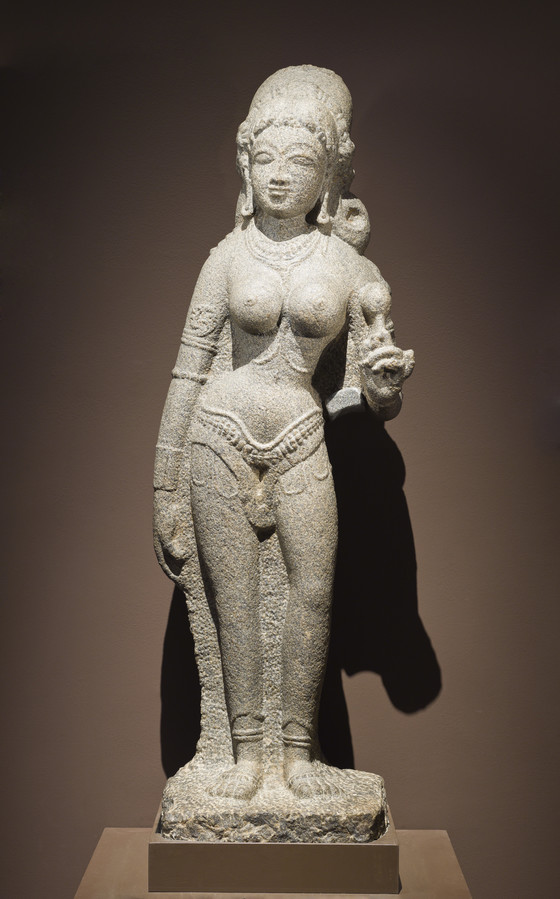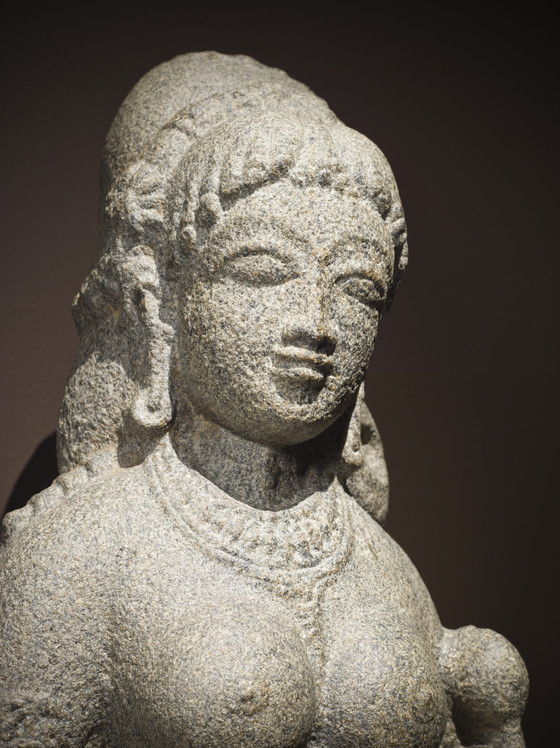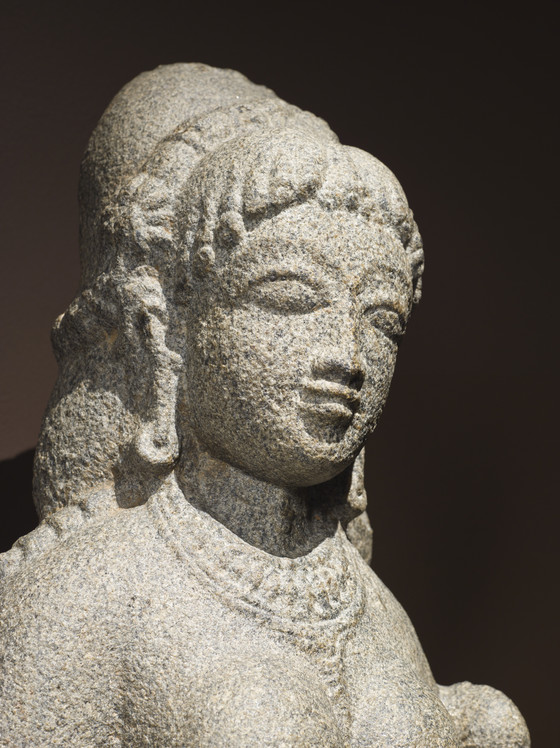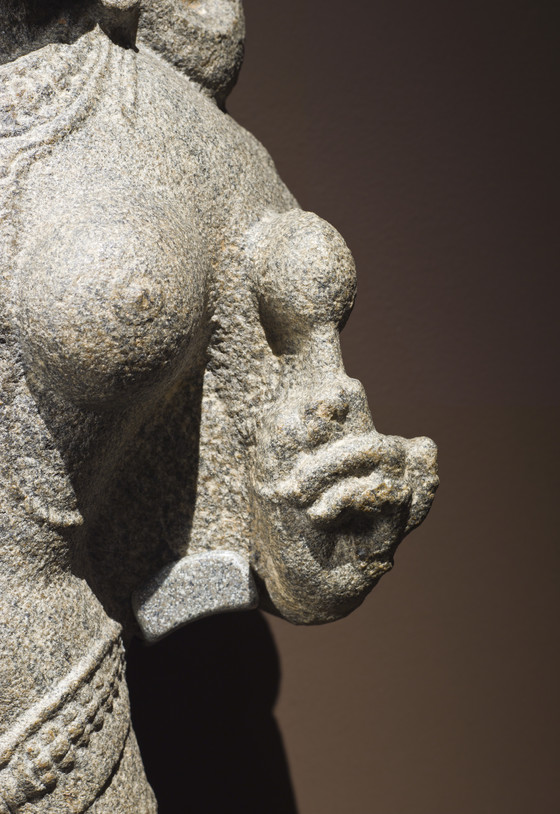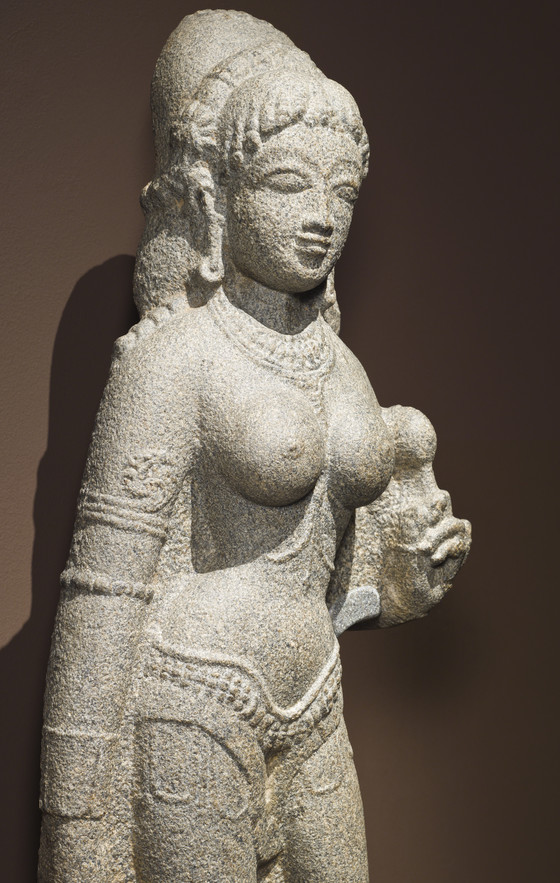Sita is the heroine of the Ramayana (Adventures of Rama), which narrates the legendary life and times of the valiant Prince Rama and his dutiful wife, Princess Sita, who was abducted by Ravana, the ar...
Sita is the heroine of the Ramayana (Adventures of Rama), which narrates the legendary life and times of the valiant Prince Rama and his dutiful wife, Princess Sita, who was abducted by Ravana, the arrogant ten-headed demonic King of Lanka (probably modern Sri Lanka), during Rama’s unjust fourteen-year forest exile from his capital of Ayodhya (near present-day Faizabad in northern India). Upon learning of her captivity by Ravana, Rama and his faithful brother Lakshmana assembled a great army of monkeys and bears led by the Monkey-King Sugriva and his General, Hanuman, in order to attack Lanka and rescue Sita. After several magical battles, the princess was freed and the happy couple returned home to rule. But the public doubted Sita’s loyalty to Rama during her captivity and she was forced to undergo a trial by fire to prove her innocence. Sita is also the Hindu goddess of beauty and devotion, a mother goddess, and an avatar of the goddess Lakshmi. This granulite sculpture likely represents Sita as a goddess rather than in her narrative role.
Sita is portrayed as the epitome of feminine beauty in the artistic canon of the Chola Dynasty (848–1279). (See also M.70.5.2-.3, M.70.69.2-.3, and M.80.121.) She has long legs, a slender torso, topless full breasts, and stands with her left leg slightly bent (kuncitapada). Her ornamented hair is braided and wound round the head in the dhammilla fashion. She wears abundant jewelry, including an ornate hip belt (katibandha) with pearl pendants, and a transparent lower garment (antariya). She holds a lotus bud in her left hand. Her right arm dangles along her outer side in relation to her customary position on Rama’s right.
More...
